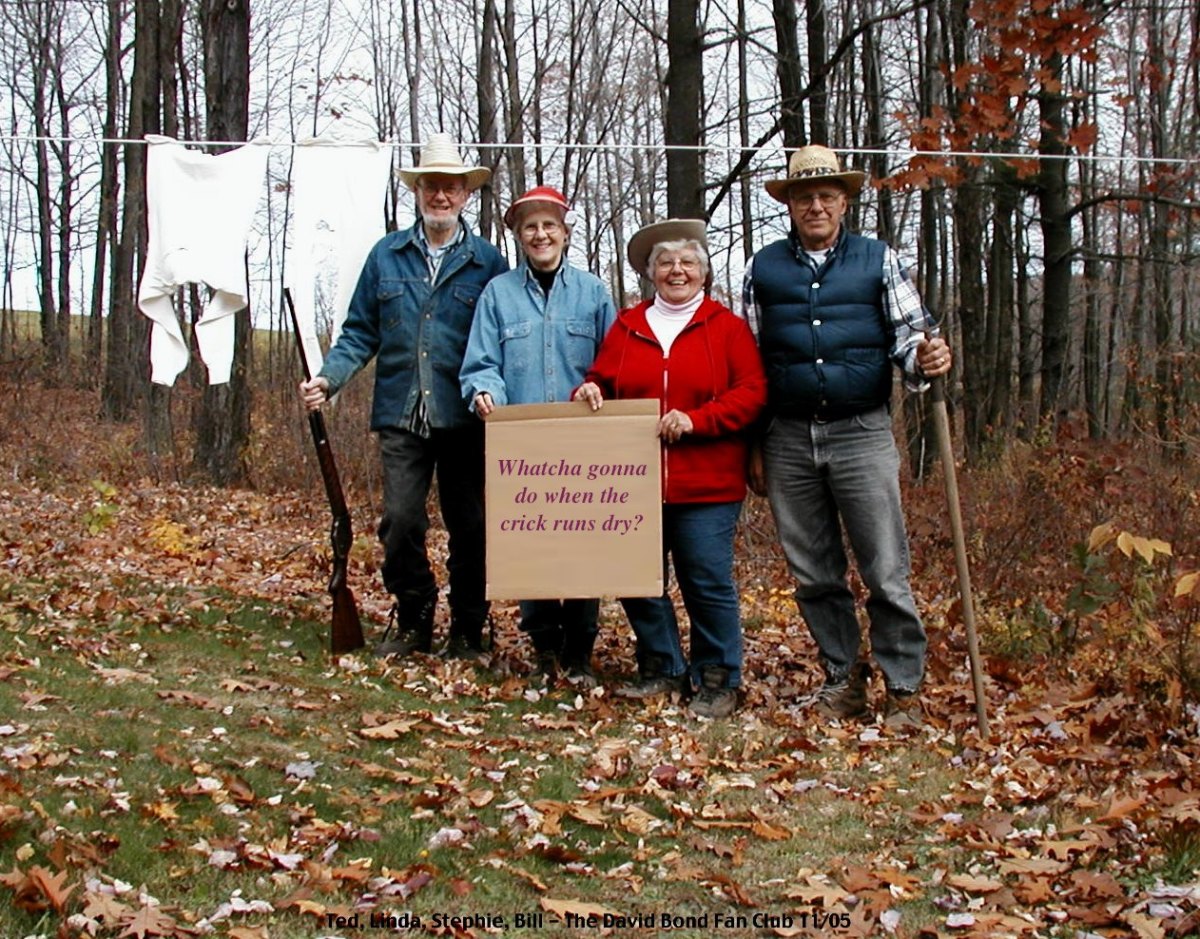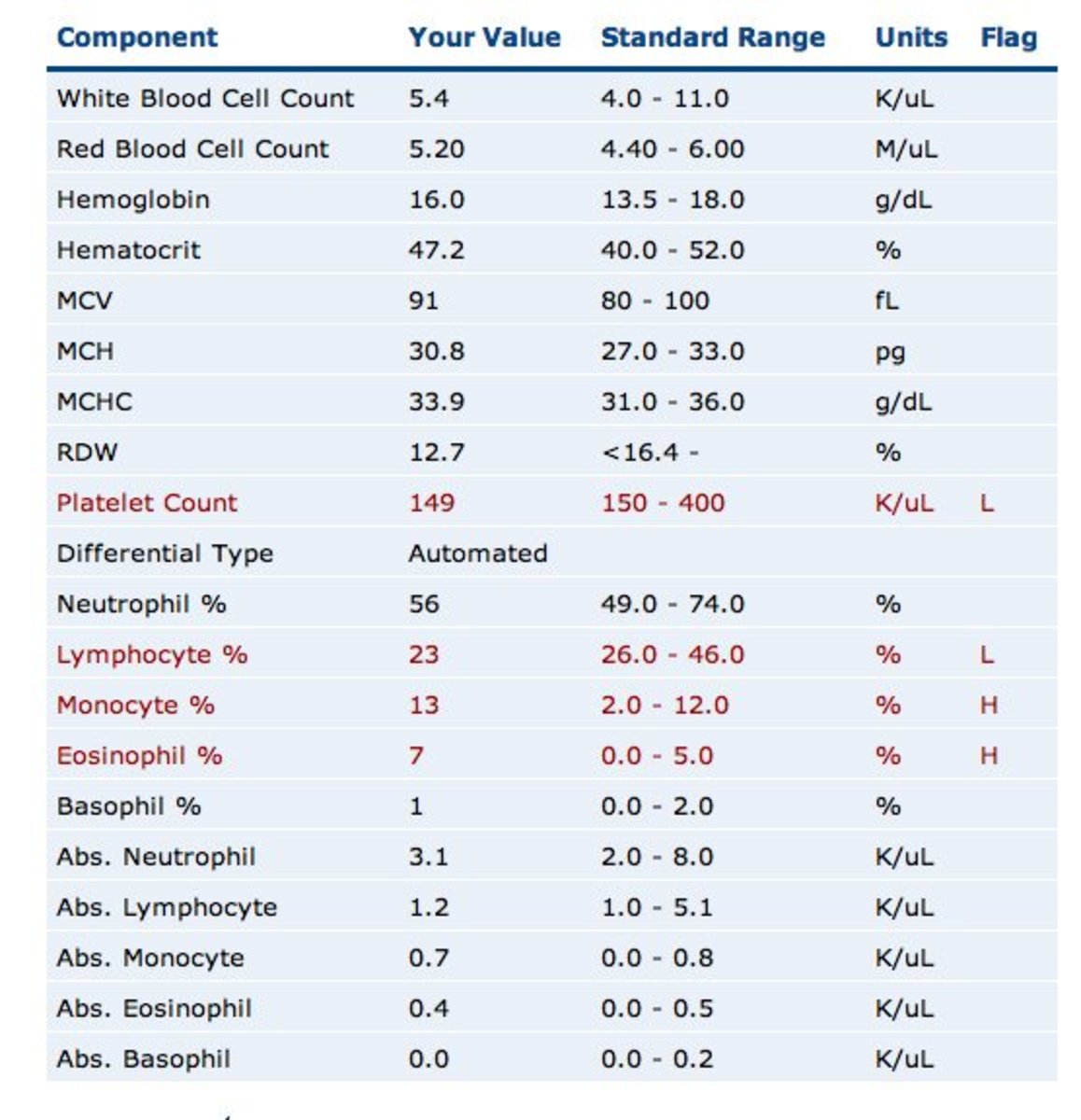A Tale About The Workaholic Dung Beetles
Unknown Secrets of The Dung Beetle:
Sharing The Hidden-Life of
dung beetles are beetles that feed partly or exclusivelyfeces(dung). A dung beetle can bury dung 250 times heavier than itself in one night. Amazing!
Many dung beetles, known as rollers, roll dung into round balls, which are used as a food source or breeding chambers. Others, known as tunnelers, bury the dung wherever they find it. A third group, the dwellers, neither roll nor burrow: they simply live in manure. They are often attracted by the dung collected by burrowing owls. Breath-taking.
You may recall my recent hub about “Junebugs,” (and I’m not grandstanding), well if you drew the conclusion that Junebugs are nasty, annoying, and nothing but pests, well, take time to read my take on Dung Beetles right here, right now. I can tell you coming out of the gate, that Dung Beetles are far from glamorous as in the case of the Golden Eagle or the Blue Whale, but after all, Dung Beetles did NOT have a separate Creator. Just one. Yahweh was enough.
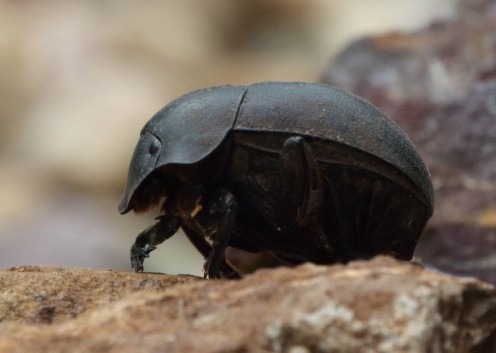
And as Humans Travel Through
the mazes of life, we can and will encounter the most-vulgar, unwanted, and lives that smell worse than death (in our opinion), but still, they belong here in life with us as we work to make our living and then pass from this stage of life unto life beyond Eternity. Let’s get something straight. I do NOT and will NOT subscribe to the thinking that when we pass, the grave is it. Nope. Far from it. Past this temporary moment, a wider, bigger, more-peaceful life is just waiting.
Then how does the Dung Beetle figure into the Grand Scheme of Life? Friend, I sure with that I had your answer. I know that the Holy Bible holds the answer to life and its successes and how to deal with our failures, but the Dung Beetle? Skeptics are already saying, “What was God thinking?” I ponder this same question many times, and always hit upon Mites, Micro-Size Bacteria, Snails and yes, our good friend, Junebugs. All live in some form of harmony and do not compete for any signet of ruler-ship, but their existence is their ruling a certain area of God’s wonderful earth that not even the wisest of us, will never understand it. I am not here to argue, just share.-
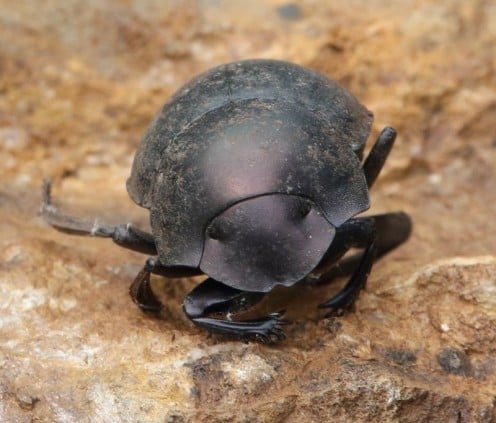
Honestly, How do You Feel
about the Dung Beetle? A better question might be: have you EVER viewed one of these workaholic-bugs who are never sleeping, but rolling their big balls of dung all the way from the dung pile (where the dung ball was formed) and into their respective homes somewhere in the deep, dark earth so the dung could feed the little beetle larvae and one day, become more Dung Beetles.
I want to, as beauty pageant and sports commentators say, “let’s get to it.” (Below) is a small list of Interesting Facts About Dung Beetles, and I hope that you learn something from these small, industrious creatures.
-
Dung beetles vary in size. Their length ranges from 0.004 inches to 2.4 inches.
-
Dung beetles have well developed wings and six legs which help them dig tunnels and collect (and roll) the dung.
-
Most dung beetles are dark in color. Some of them have metallic luster or can be even brightly colored.All dung beetles can be divided in three large categories: rollers, tunnellers and dwellers.
-
Rollers search for dung far away from their homes. When they find it, they collect it in the shape of the balls which they roll back to their burrows.
-
Tunnellers search dung and when they find it, they dig a tunnel where they will store it. Dwellers produce dung on their own at their homes.
-
Majority of dung beetles consume dung produced by herbivores. Just small percent of dung beetles search for a fecal matter produced by carnivores or eat something other than dung (such as decaying larvae of some insects or plants).
-
3.3 pounds of the elephant dung can vanish in two hours when 16 000 dung beetles arrive to the scene to collect piece of dung for itself.
-
One dung beetle can bury dung that is 250 heavier than the beetle itself in one night.Some species of dung beetles lay their eggs in the ball of dung. That way, larvae can start eating the minute they hatch from eggs.
-
Dung beetles can also steal a dung ball from another beetle. If the eggs and larvae are already placed inside the ball, thief will eat all of them.Some dung beetles ride on the animals, whose feces they like to eat, until they are ready to poop. After animal release its feces, beetle jumps down and start to feast.
-
Other dung beetles use their sense of smell to detect the dung they prefer.In some parts of the Texas, dung beetles bury 80 percent of cattle dung. Australia imported 45 different types of dung beetles to remove the cattle dung.
-
Dung beetles are very strong animals. They can carry the weight which is 50 times heavier than their body weight.
-
Dung beetles are solitary creatures which meet with other beetles only during mating season.
-
Female lays eggs inside the dung or in the underground burrows.
-
Dung beetles undergo complete metamorphosis, which means that they need to pass several changes in the body shape before they become completely formed dung beetles. Metamorphosis includes stages called larvae and pupa before adult insect is formed.Average lifespan of dung beetles is 3 to 5 years, depending on the species.
Now Here Are a Few of My Personal Dung Beetle Facts:
1.) In my 65-years of living, I have NEVER thought about picking-up a Dung Beetle for any reason—even during my inquisitive years of my young life.
2.) Dung Beetles have always fascinated me, but I NEVER had the nerve to get the beetle in my hand and inspect it.
3.) I am in AWE about Dung Beetles for their Elite Work Ethic.
4.) There is NO time when you can look for years to find a lazy Dung Beetle.
5.) I sometimes wonder within myself, if I were a Male Dung Beetle, what type of opening-conversation would I initiate with this equally-filthy Female Beetle?
6.) My overall fear about Dune Beetles is that one moment when (that) equally-filthy Female Dung Beetle might say, “you have an interesting ball of dung. Is this what you do for a living?” What or how could I answer this question?
7.) I have NEVER witnessed a Dune Bug being attacked by Fire Ants, Poison Lizards or Spiders—I mean, if you were one of these insects, would you attack a Dung Beetle knowing that he/she smelled of the very dung where the beetle got the dung ball from?
8.) Dune Beetles must have some sort of Friendly Existence with bigger forms of life when the Dune Beetles get out of their tunnels to find a big pile of Dung that smelled so bad that the nostrils of the Dung Beetle were excited to get to build another Dung Ball.
9.) Do Dune Beetles have games of competition—where other Dung Beetles can see which Dung Beetle is the best Dung Ball Builder of all.
10.) Have you ever entertained the idea of having you own Dung Beetle Farm for fun and profit?
This completes my piece about Dung Beetles. I am just wondering at this point what brand of bathroom tissue the Dung Beetle uses?
July 2, 2019_____________________________________________________
https://en.wikipedia.org/wiki/Dung_beetle
http://www.softschools.com/facts/animals/dung_beetle_facts/114/
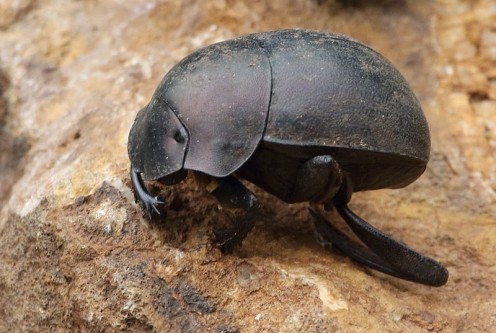
© 2019 Kenneth Avery

